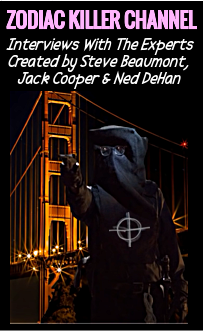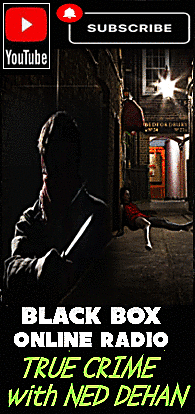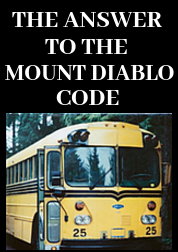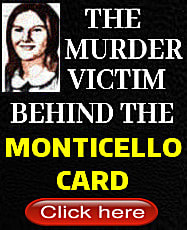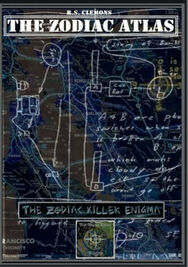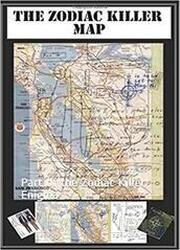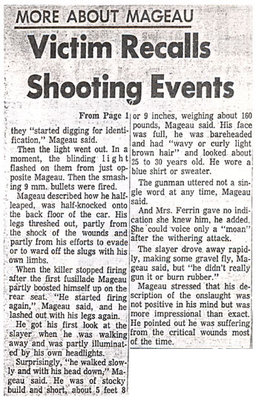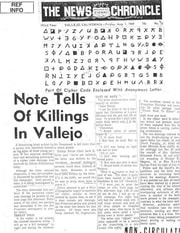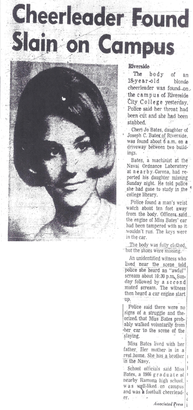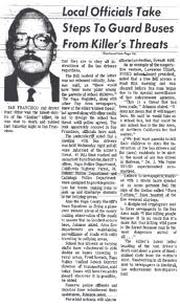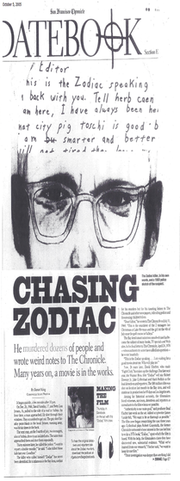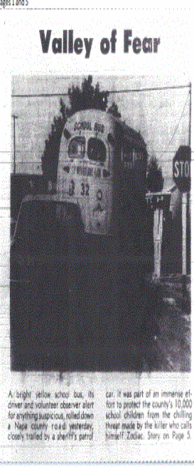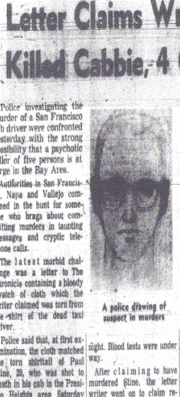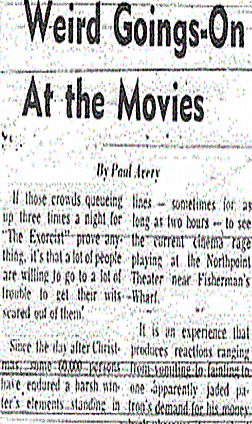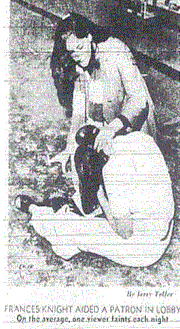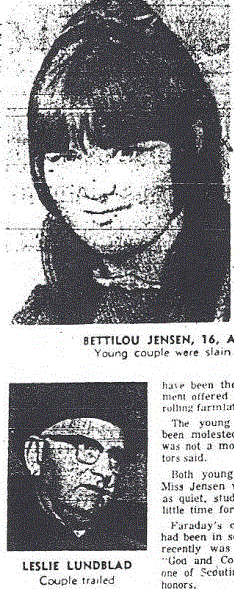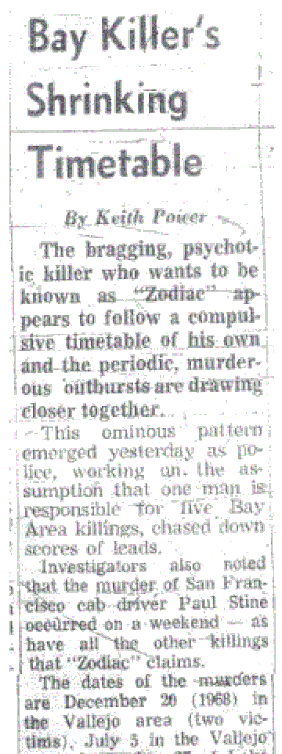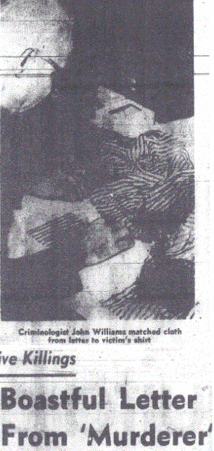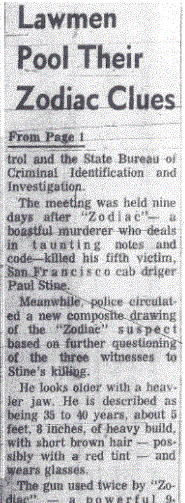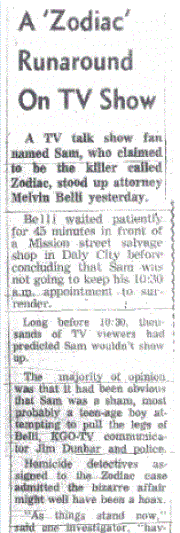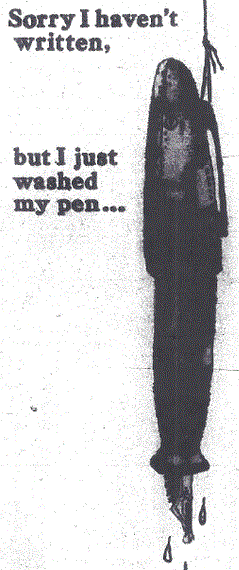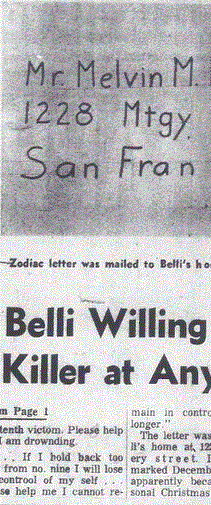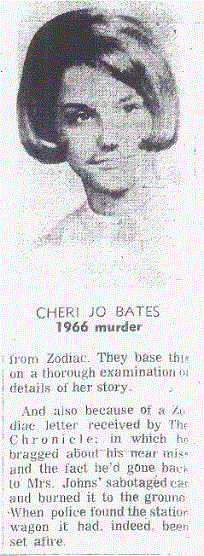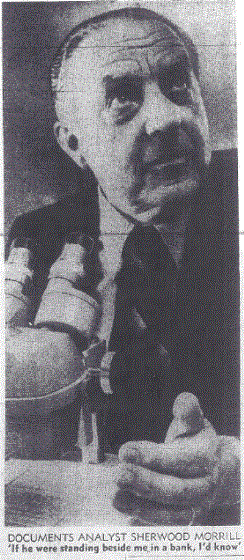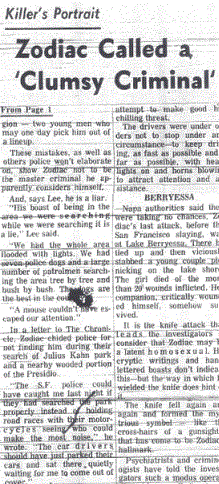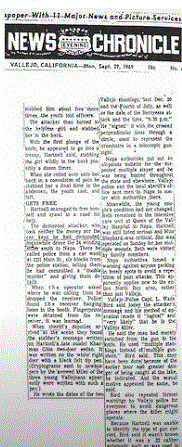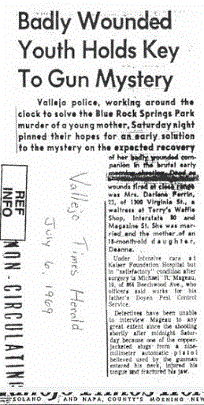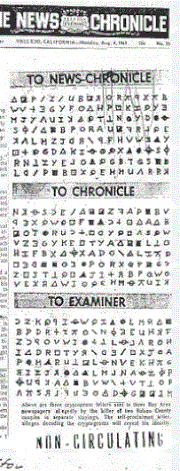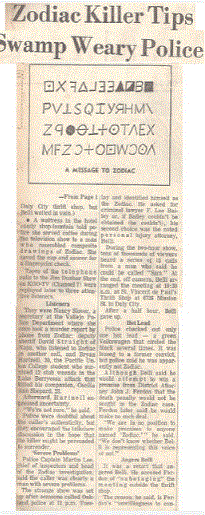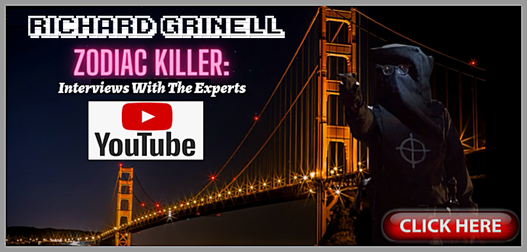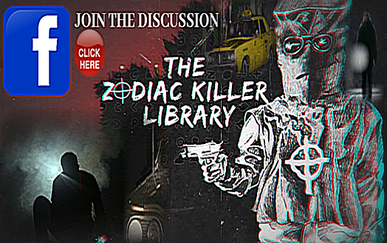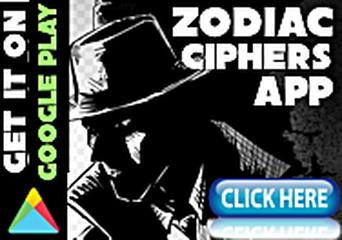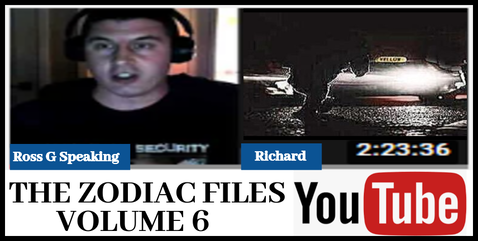
I have previously suggested that this section of the letter may have been poking fun at David Toschi, who had recently been demoted to "pawn" detail after suggestions he may have been the author of the 1978 letter. However, based on the Zodiac Killer's propensity to infuse recent newspaper articles into his wording, I looked for the keyword "chess" in the days prior to the July 19th 1978 letter. On July 18th 1978, the Santa Cruz Sentinel (and numerous others), reported on the opening game in the World Chess Championship between Anatoly Karpov and Viktor Korchnoi in the Philippines. And chess was a big thing in the 1970s. But the Santa Cruz Sentinel coverage had one peculiar aspect - it carried the headline "Korchnoi, Karpov Play To Draw" alongside another article entitled "SF Chief Says Inspector Didn't Write Zodiac Letter". Could the Zodiac Killer (or impostor) have read the two articles and coalesced them both into his July 19th 1978 letter, the following day. The Santa Cruz Sentinel article also mentioned that David Toschi had been "transferred from the homicide squad to the pawn shop detail last week". Therefore, we have the mention of "pawn detail", "chess" and David Toschi alongside each other, on the same page.
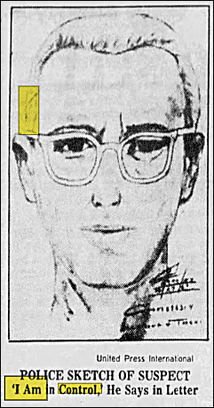
I noticed that the author used "My tape is waiting for me all over California" and "I have cheap sets in closets all over", suggesting that his "cheap chess sets" and "tape" were maybe in the same locations or relevant to one another. The author also stated that "I have my name on the bottom of the lid with the scotch tape" - and we know a chess case or chess box has a lid. Was the author suggesting that he could play David Toschi at chess anywhere in California, now that he was reported in the newspapers to be "vacationing at an undisclosed location"? In a previous article (linked above), a common theme was shown between the January 29th 1974, April 24th 1978 and May 2nd 1978 letters through the film industry, so could any common verbiage be unearthed between the consecutive May and July letters mailed from Los Angeles, bearing in mind the May letter wasn't released to the public. On May 2nd 1978, the Zodiac Killer wrote in respect to the film industry "whoever plays me has his work cut out for him", while the following July 19th 1978 letter stated "But maybe you play chess with me". The two phrases of "plays me" and "play chess with me" both used in respect to another participant. It's not compelling, only noteworthy.
The Zodiac Killer would shape his communications around previous newspaper articles - and I noticed that the author of the July 19th 1978 letter used the phrase "I am in control" at the beginning and end of the letter, rather than "I am now in control" that was used at the end of the April 24th 1978 communication. This meant that the author of the July 19th 1978 letter could have altered the wording to mimic the misquoted phrase used in some newspaper articles in April, such as the Atlanta Journal shown above. Was this the Zodiac Killer reaffirming to the public what he had read in the newspapers, or somebody simply misquoting or deliberately changing the wording of the Zodiac Killer? The April 24th 1978, May 2nd 1978 and July 19th 1978 letters all had one common theme, with only the first letter being published in the newspapers. They read "I am waiting for a good movie about me. Who will play me" (04/24/78), "whoever plays me has his work cut out for him" (05/02/78} and "Maybe you play chess with me" (07/19/78). All three used the verb "play" and the singular pronoun "me" in the same sentence. The third author could not have copied the second author if different individuals, but they could have been the same person. If the author of the January 29th 1974 (Exorcist), April 24th 1978 and May 2nd 1978 letters is one person (linked through a film industry theme), then where does that leave us with the July 19th 1978 letter, which has a common theme with both the April 24th 1978 and May 2nd 1978 letters? The author of the July 19th 1978 letter could have borrowed wording from the published April 24th 1978 letter, however, they did manage to continue the consistency in language used in the May 2nd 1978 letter, which they could never have seen if not the same person. The author on May 2nd 1978 and July 19th 1978, on both occasions, opted to mimic the verb "play" and singular pronoun "me" in the same sentence, from the April 24th 1978 letter. That probably leaves one author responsible for the last two letters. And if the May 2nd 1978 letter is genuine Zodiac material, then the July 19th 1978 letter probably is too.
APRIL 24TH 1978: "I am waiting for a good movie about me. Who will play me".
MAY 2ND 1978: "Whoever plays me has his work cut out for him". (unpublished)
JULY 19TH 1978: "Maybe you play chess with me". (unpublished)
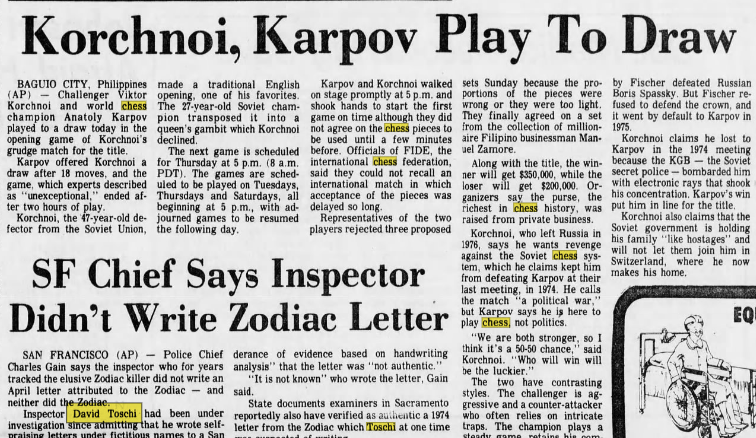
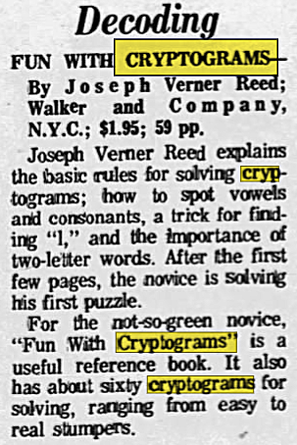
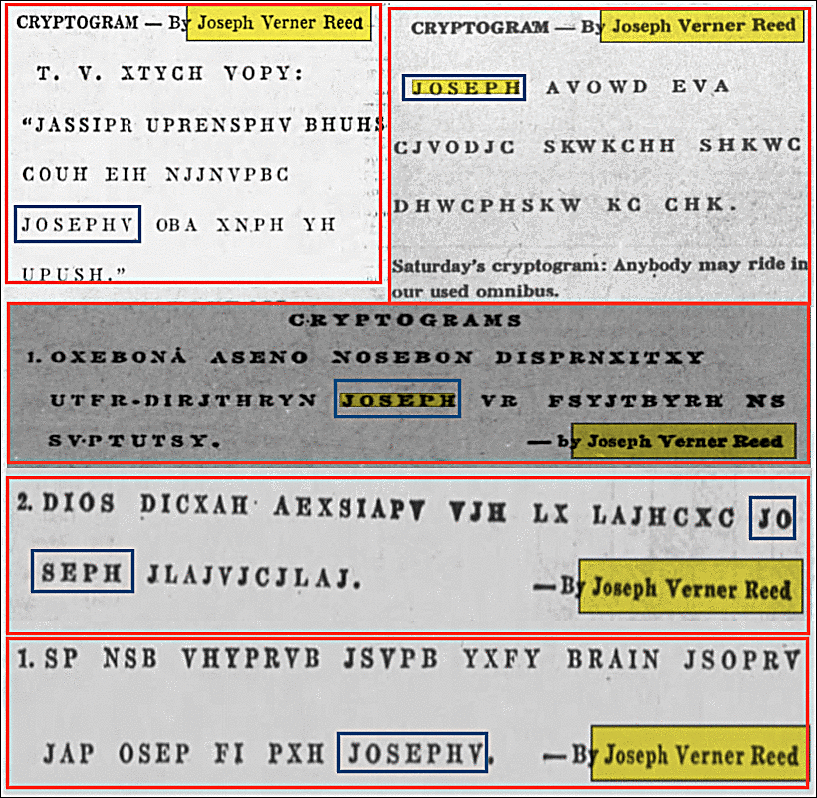
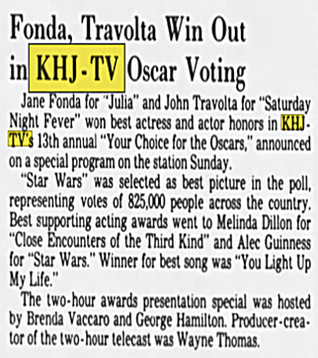
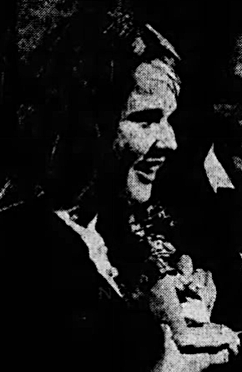
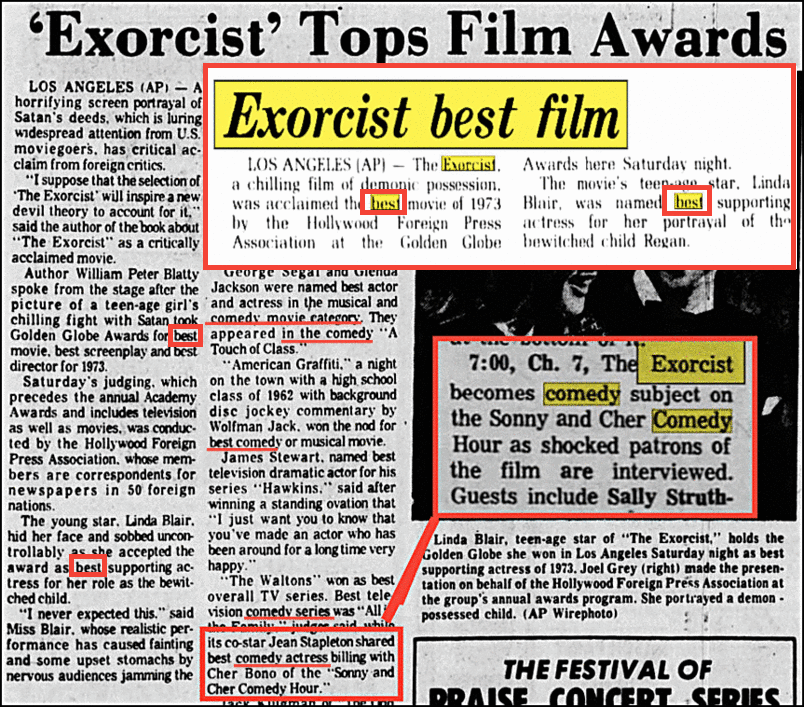
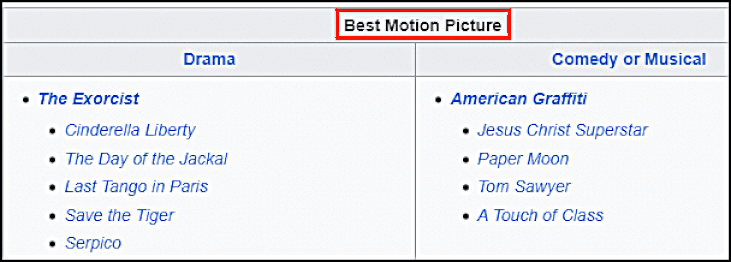
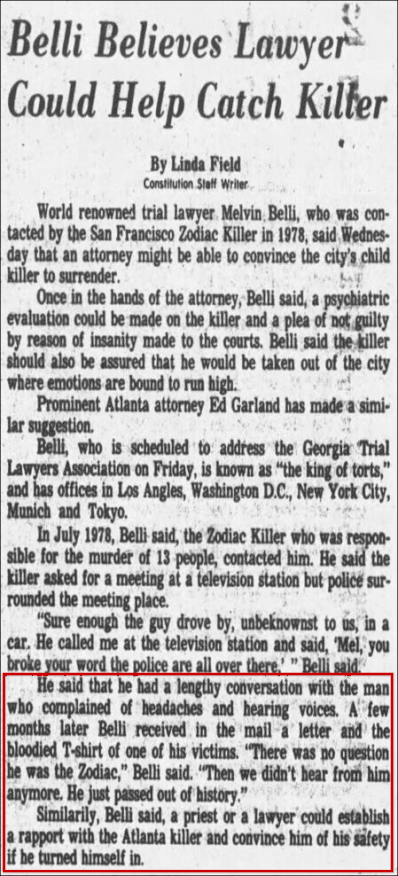
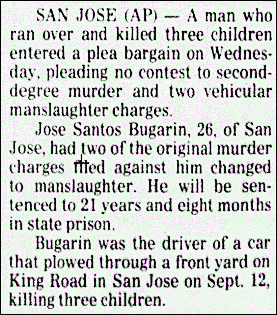
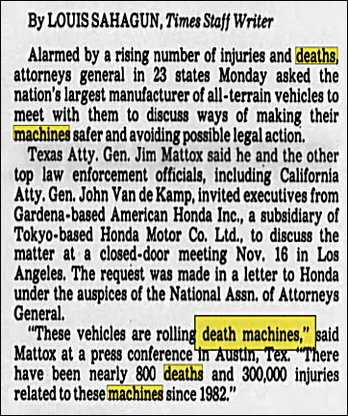
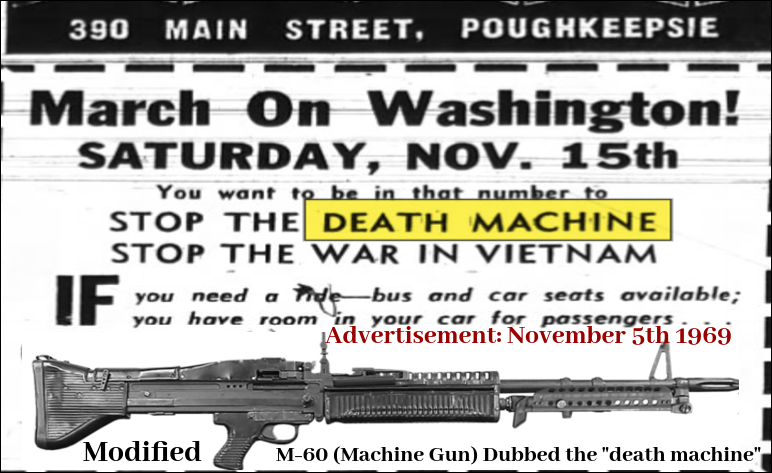
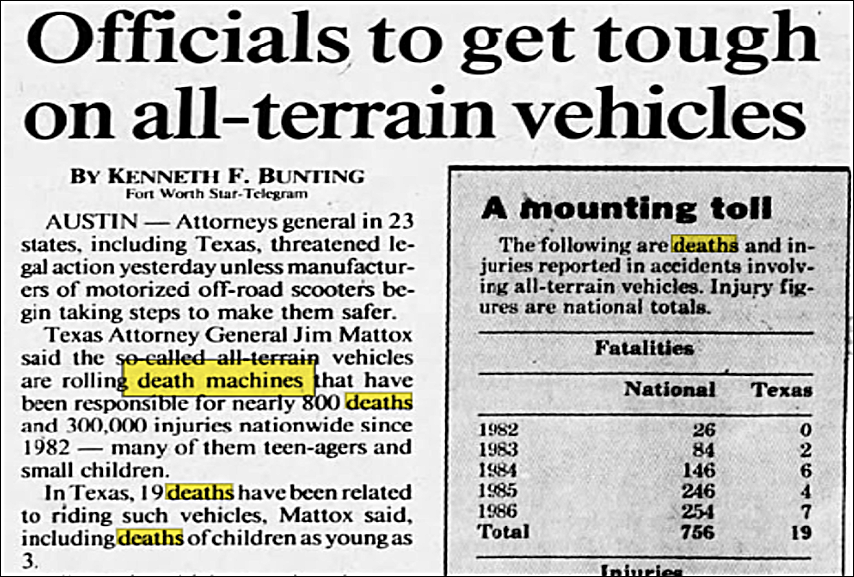
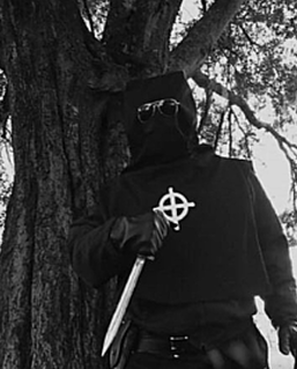
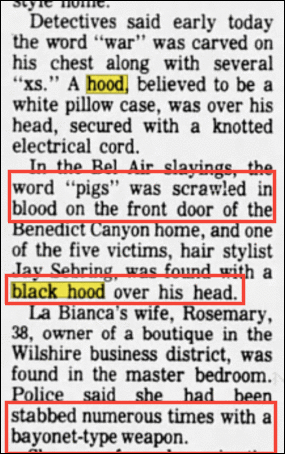
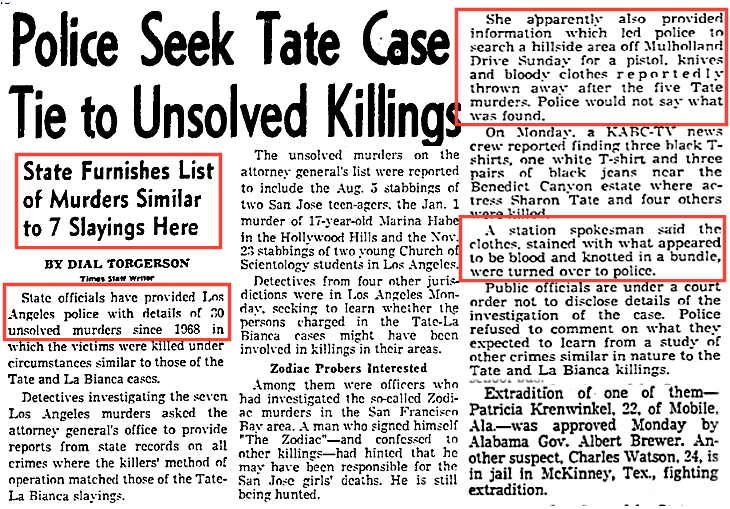
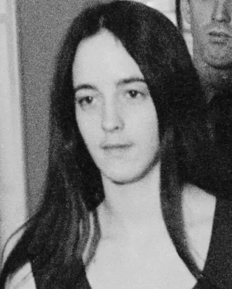
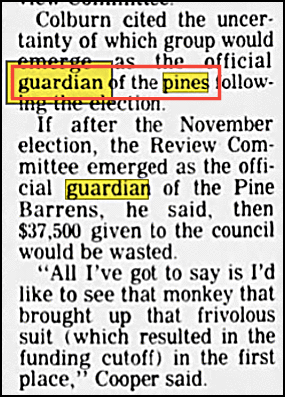
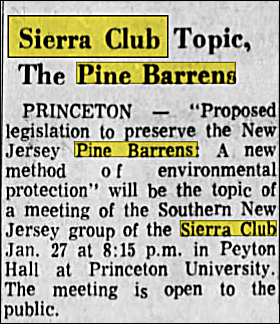
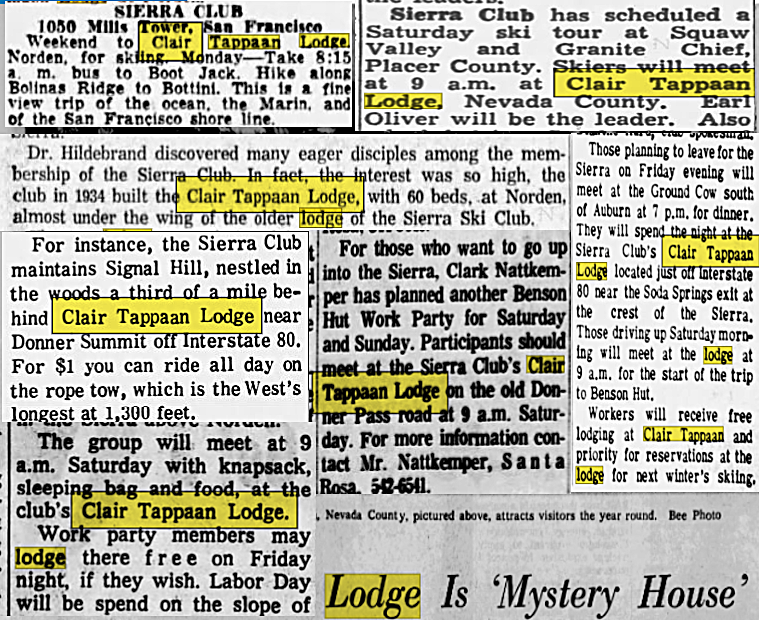
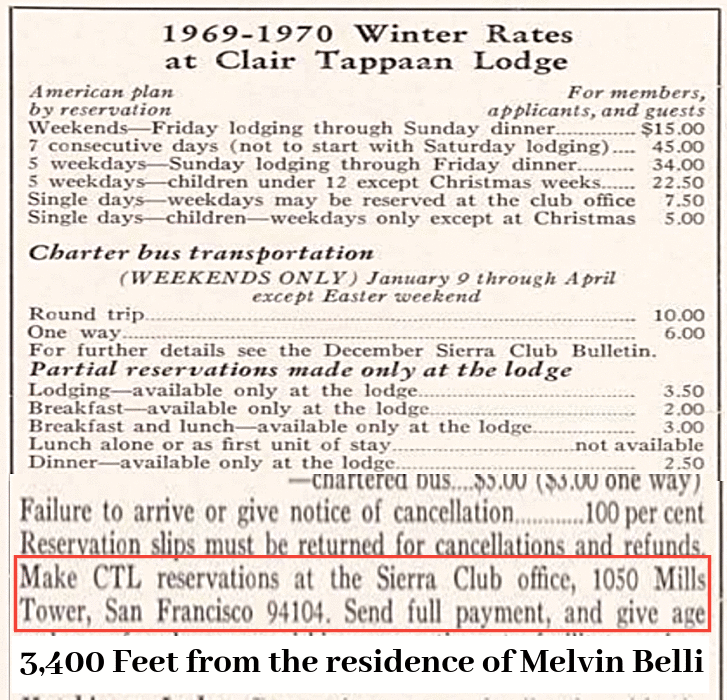
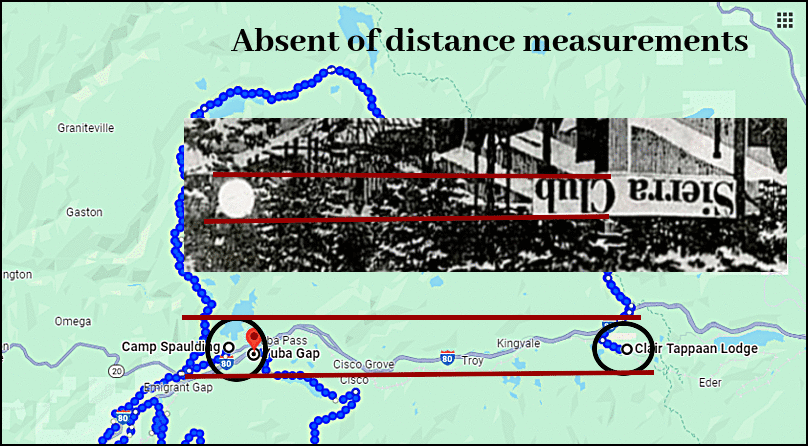
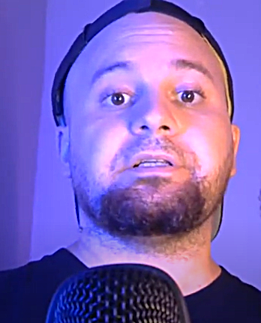
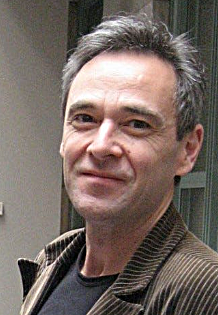
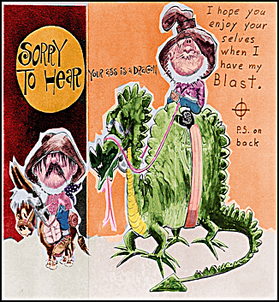
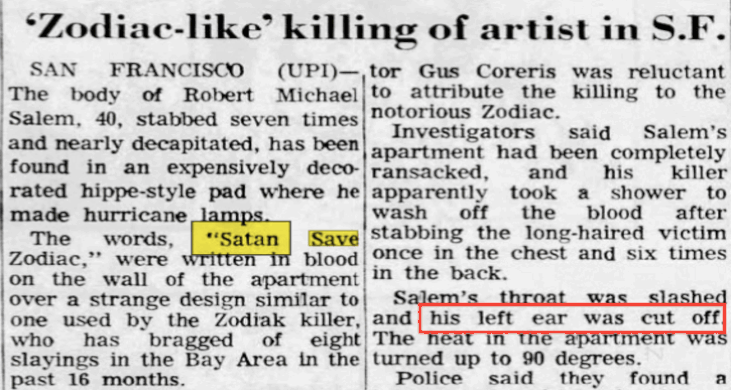
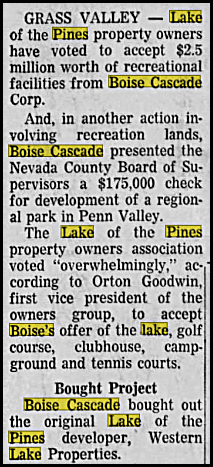
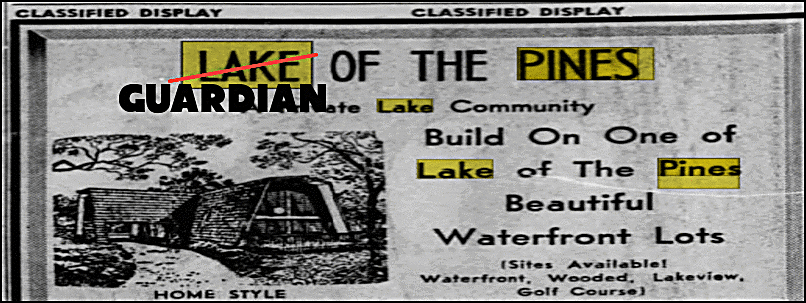
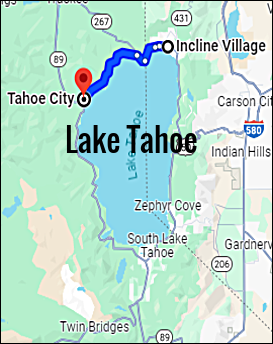
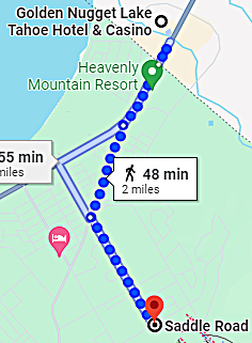
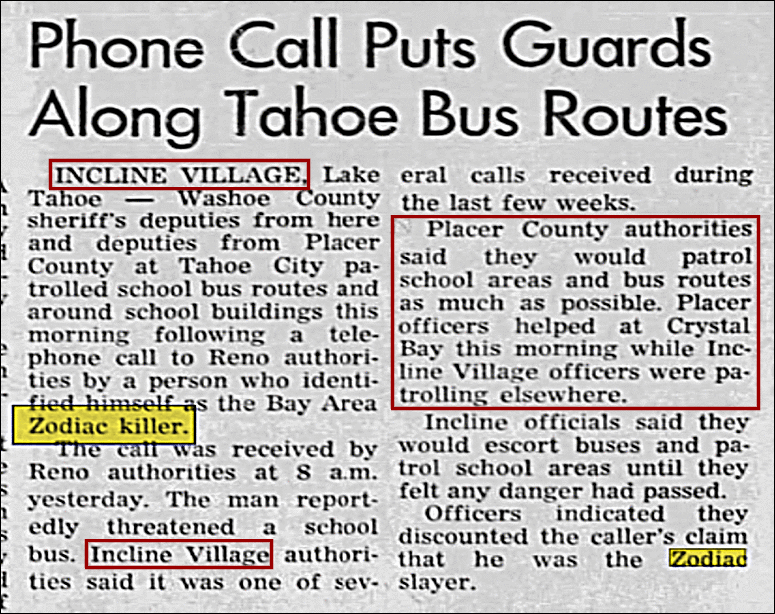
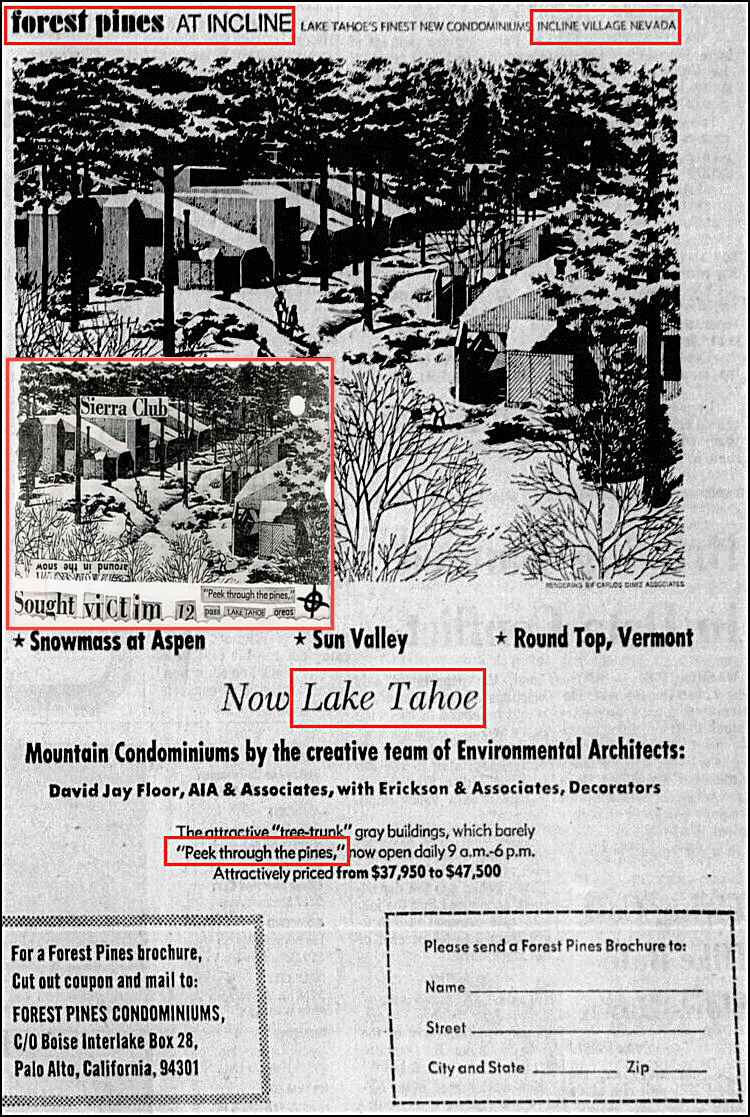
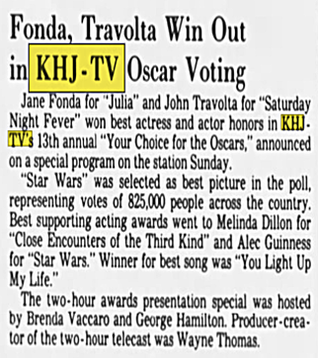
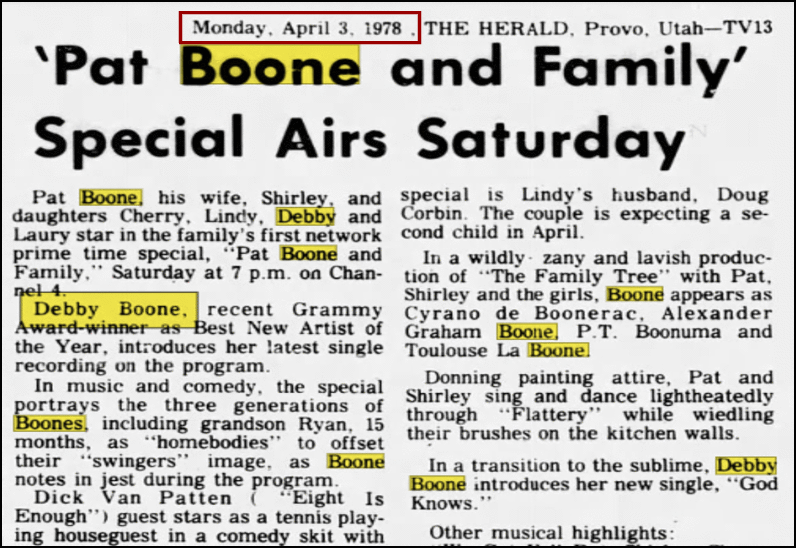
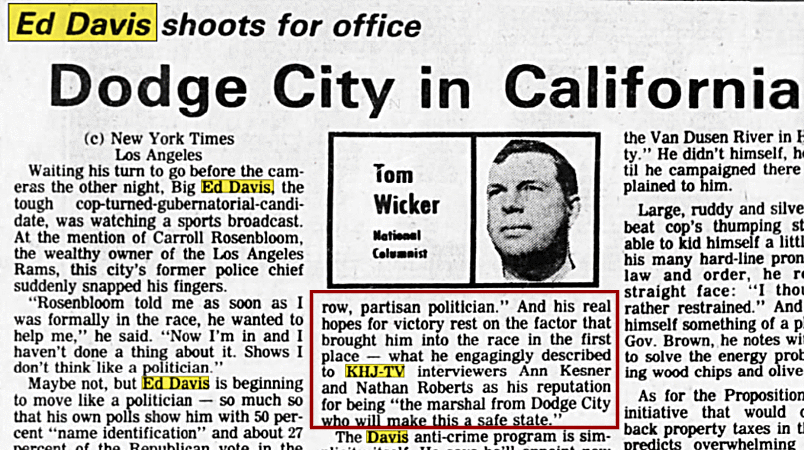
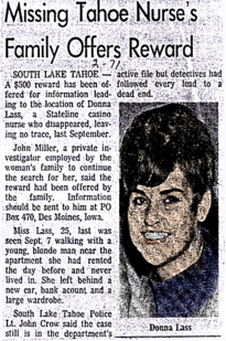
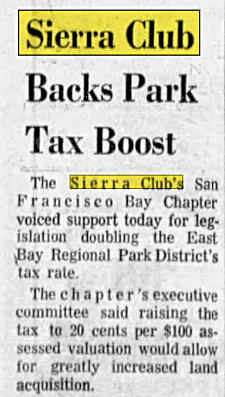
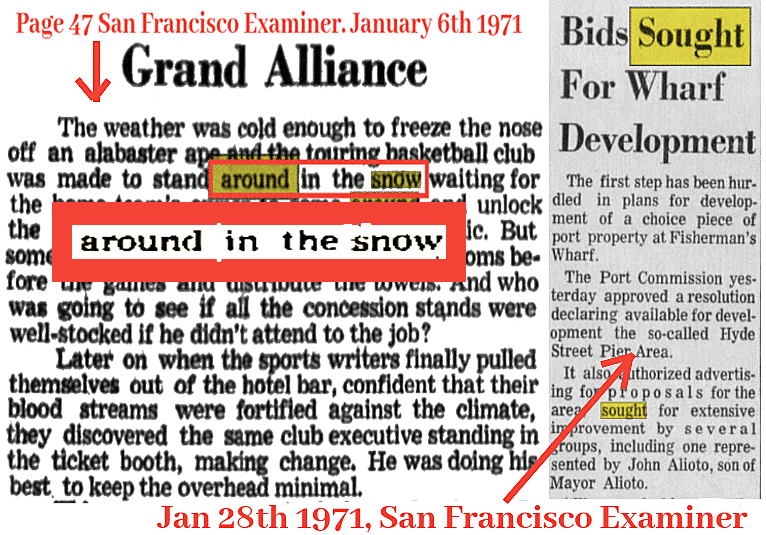
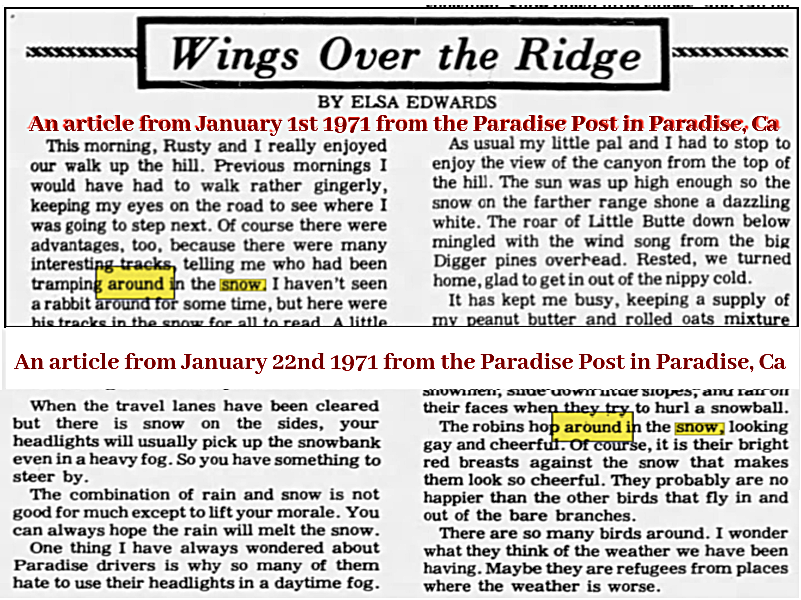
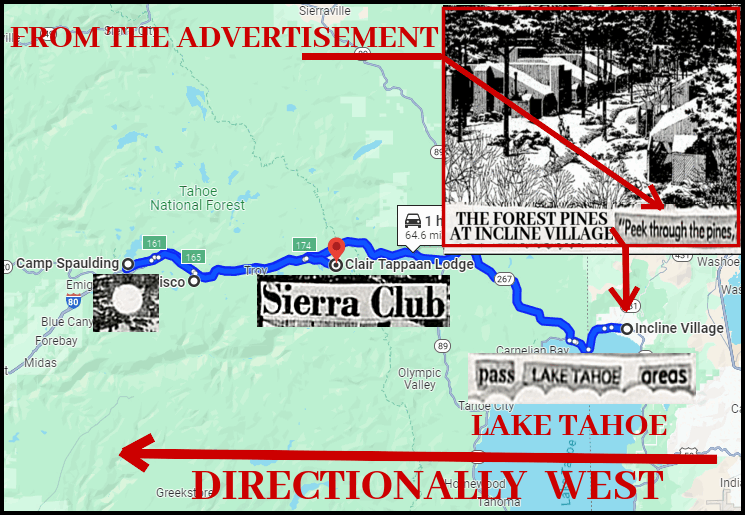
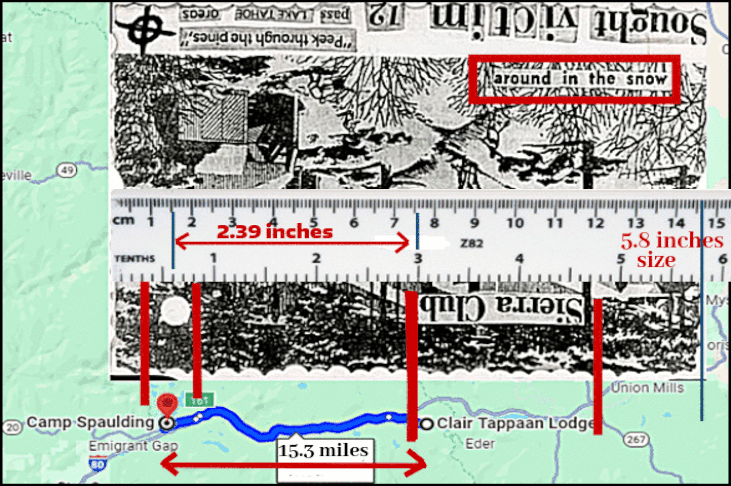
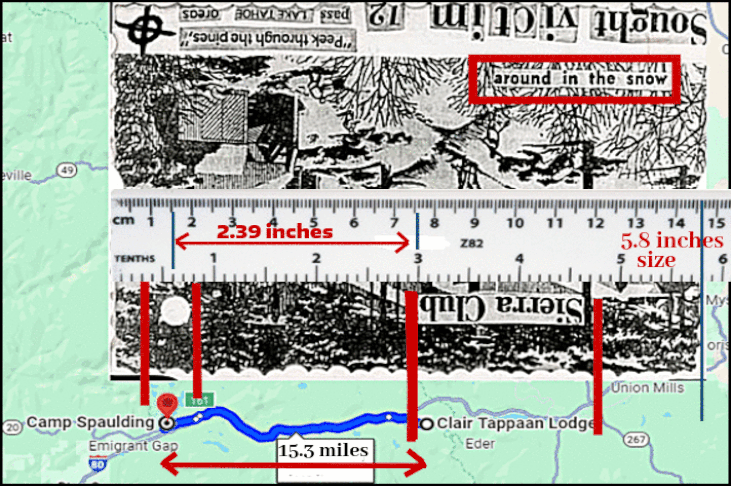
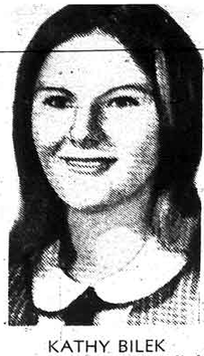
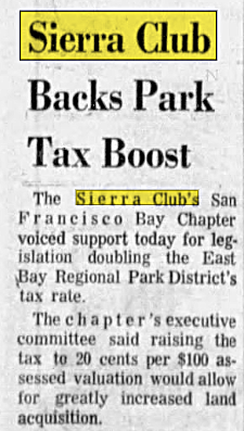

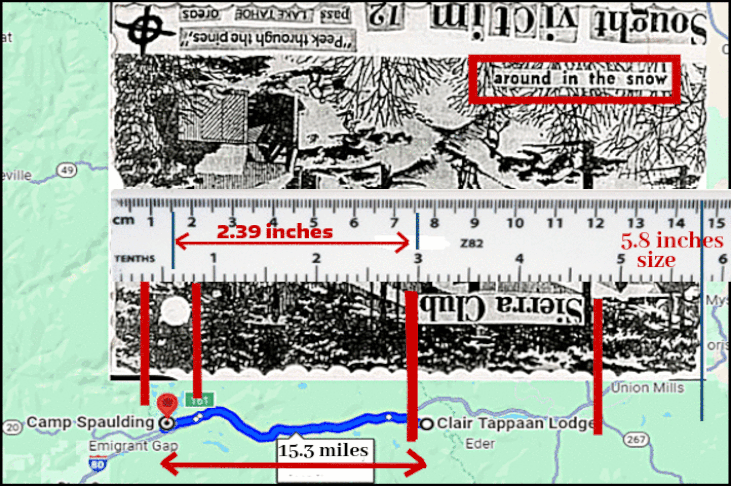
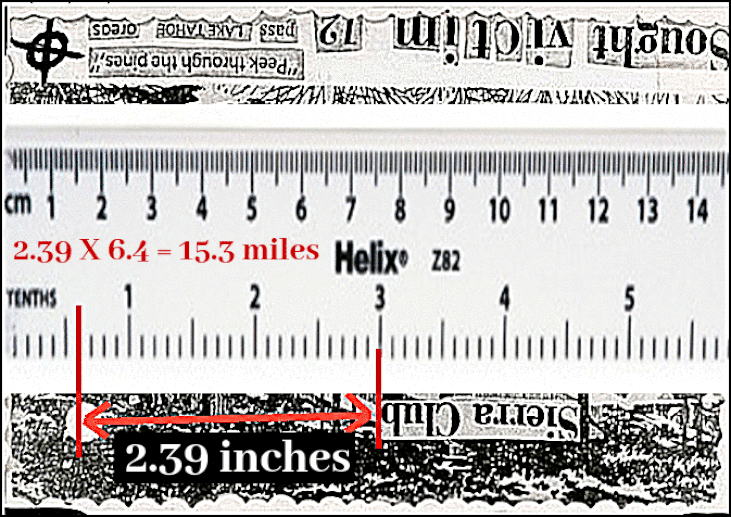
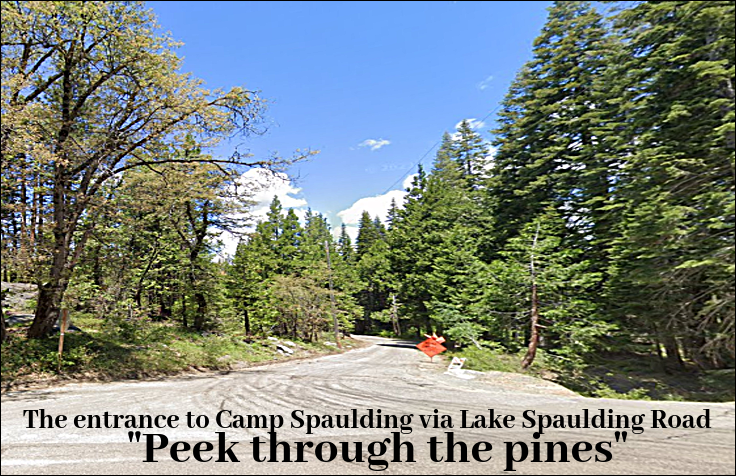




 RSS Feed
RSS Feed
